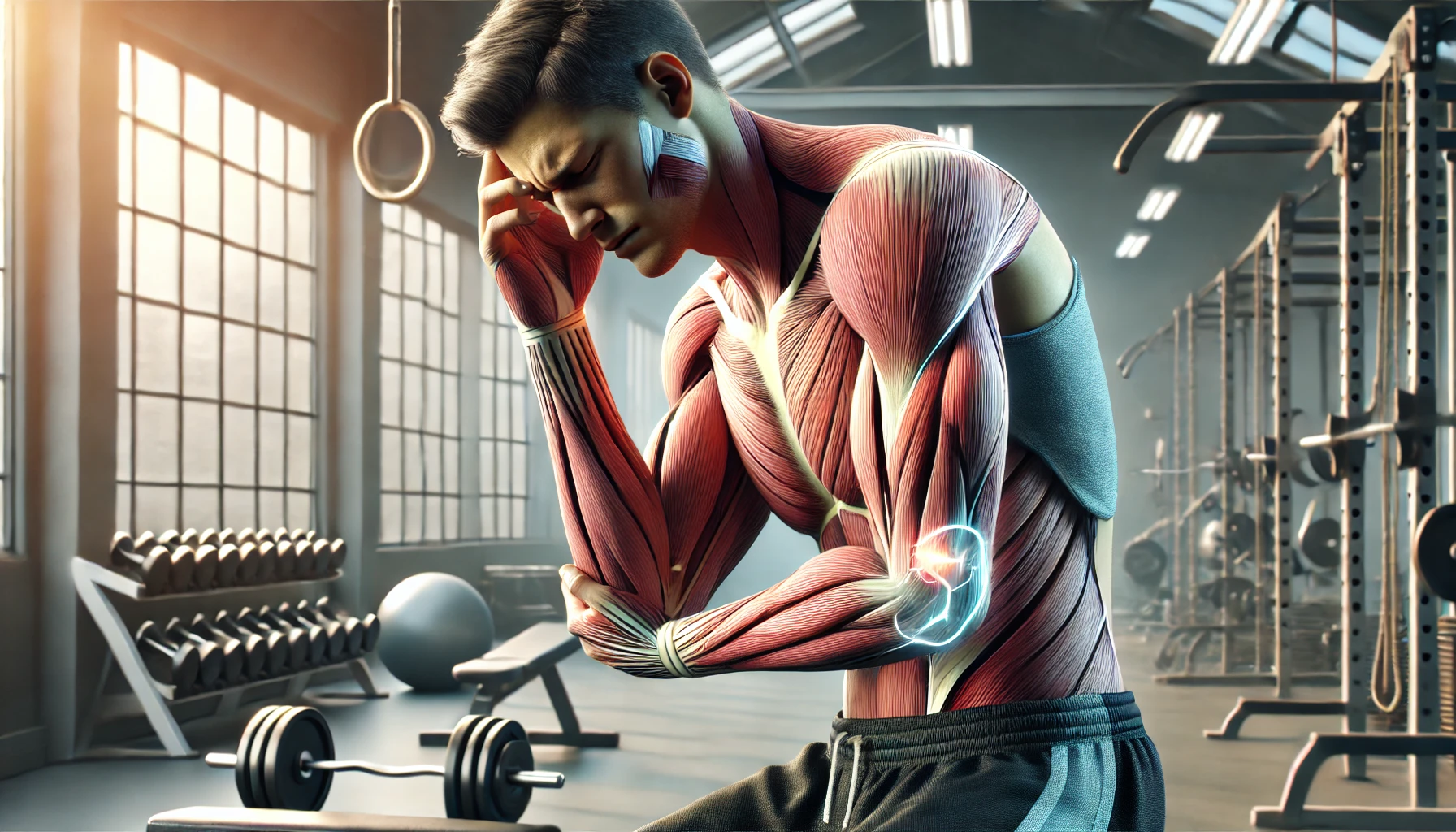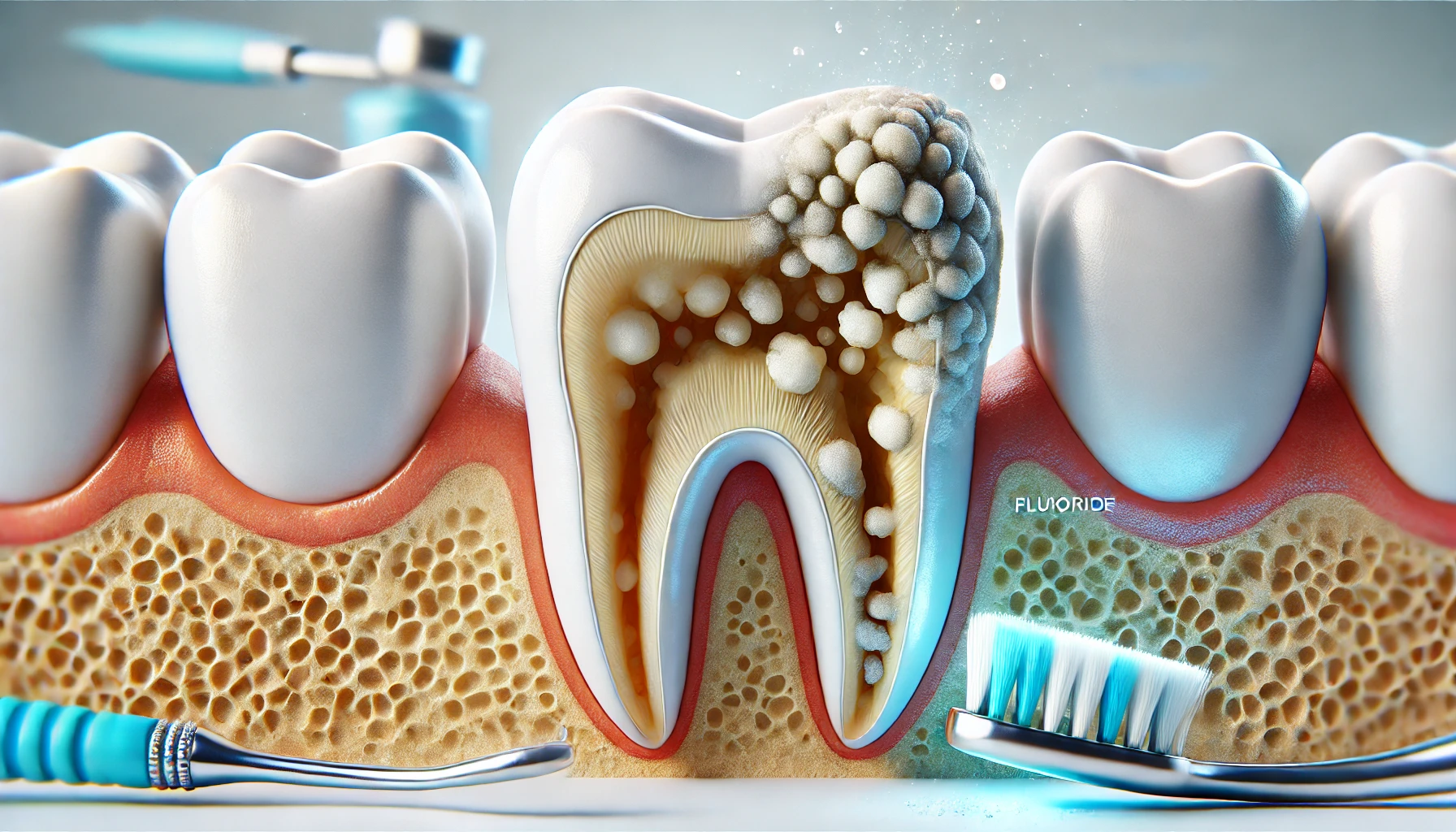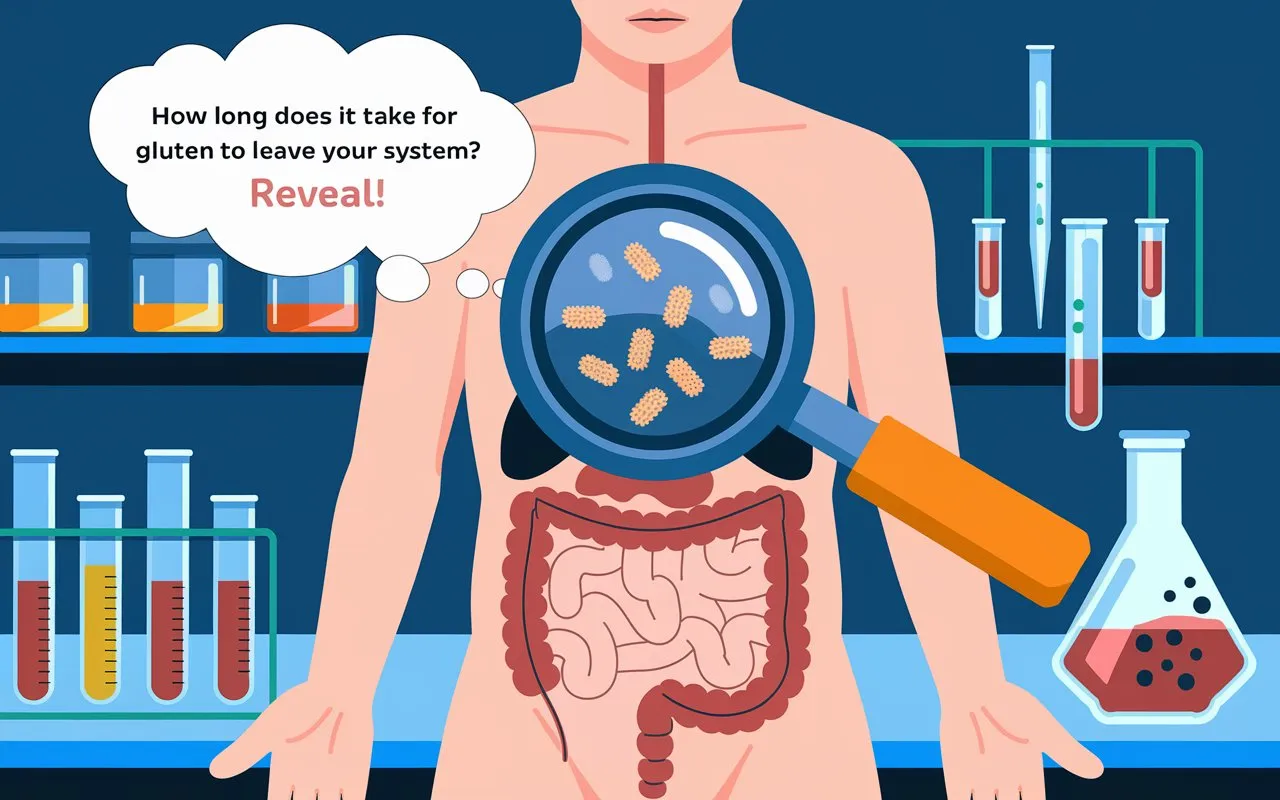Table of Contents
Have you ever had a great workout only to wake up the next day with sore muscles? That soreness, known as Delayed Onset Muscle Soreness (DOMS), can leave you wondering: how long does DOMS last? In this article, we’ll dive into the details of DOMS, its duration, and the surprising ways to recover faster. By this end, you’ll understand what’s happening in your muscles and discover the latest tips to manage DOMS effectively.
How long does doms last? What Is DOMS and Why Does It Happen?
DOMS occurs when your muscles work harder than usual, especially during lifting weights, running, or intense stretching. This is a natural part of the muscle growth and repair process, where small tears in your muscle fibers cause this soreness. Understanding this can help alleviate any anxiety about the soreness.
What Does DOMS Feel Like?
If you’ve ever felt stiffness, tenderness, or a dull ache after exercising, that’s DOMS. It usually shows up 12 to 24 hours after working out and lasts several days. But the real question is: how long does DOMS last before you can return to your routine?
How long does doms last? How Long Does DOMS Last?
For most people, DOMS lasts 3 to 5 days. However, it’s important to remember that this is a temporary discomfort. The length and intensity might change depending on things like fitness level, the type of exercise, and how often you work out.
Day 1: The Onset
DOMS usually begins within the first 12-24 hours after exercise. At this point, you might feel a mild soreness in the muscles you worked the day before. This is your body’s early response to the tiny tears in your muscle fibers.
Day 2-3: Peak Soreness
This is when DOMS hits its peak. By now, your muscles may feel much stiffer and more painful than on Day 1. Even simple movements like walking or lifting your arms can feel uncomfortable.
Day 4-5: Recovery
At this point, DOMS begins to fade. Your muscles are actively repairing themselves, and the soreness should be significantly reduced. By Day 5, most people feel almost back to normal.
What If DOMS Lasts Longer?
If DOMS lasts longer than a week, it may be a sign that you’ve overworked or strained your muscles. In such cases, resting and possibly consulting a professional are essential.
How long does doms last? Factors That Affect How Long DOMS Lasts
Exercise Intensity
The more intense your workout, the longer DOMS can last. High-intensity exercises, like heavy weightlifting, sprinting, or high-intensity interval training (HIIT), tend to cause more muscle damage and, therefore, more soreness. These workouts often involve pushing your muscles to their limits, leading to more tears in the muscle fibers and, consequently, more DOMS.
New Exercises
Trying new workouts can increase DOMS because your muscles aren’t used to those movements. For example, if you usually run but switch to cycling, you might experience more muscle soreness.
Your Fitness Level
Beginners tend to experience DOMS for longer than seasoned athletes. Over time, as their bodies adapt to regular exercise, their muscles become more resilient.
How long does doms last? Can You Speed Up DOMS Recovery?

While DOMS is a natural part of the muscle-building process, there are ways to speed up recovery and reduce its duration.
Stay Active
It might sound counterintuitive, but light exercise, like walking or stretching, can help ease muscle soreness. Movement increases blood flow to your muscles, which can help repair the tiny tears faster.
Hydrate
Staying hydrated is crucial for muscle recovery. Water maintains your muscles healthy and aids in the removal of pollutants. Make it a point to stay hydrated throughout the day, especially after working out.
Use Cold Therapy
Cold baths or ice packs can help reduce inflammation and muscle soreness. If DOMS hits you hard, try soaking in a cold bath for about 10-15 minutes after your workout.
Massage Therapy
Massaging sore muscles can also increase blood flow and reduce tightness. You don’t need to book a professional massage—using a foam roller, or even your hands can do the trick.
Rest and Recovery
If the soreness is severe, sometimes the best solution is to rest. If DOMS is interfering with your daily activities, you are giving your muscles time to repair.
Is It Safe to Exercise with DOMS?
You might wonder if it’s safe to work out when you’re sore. In most cases, yes. But it’s crucial to pay attention to your body. If the pain is mild, like a dull ache or slight discomfort, doing light exercises like yoga or a gentle walk can help reduce DOMS. But if the soreness is intense, like a sharp pain or severe discomfort, take it as a sign to rest. Trying to push through excruciating pain can make your healing process take longer and cause more muscle damage.
Also Read: How Long After a Filling Can You Eat? Essential Tips to Know
Common Myths About DOMS

Stretching Prevents DOMS
Many people believe that stretching before and after a workout will prevent DOMS. While stretching has many benefits, preventing DOMS isn’t one of them. Stretching helps improve flexibility but doesn’t eliminate muscle soreness.
You Only Get DOMS If You’re Out of Shape
Even seasoned athletes experience DOMS when they push their bodies to new limits. DOMS doesn’t discriminate based on your fitness level—anyone can experience it.
Experiencing Pain During a Good Workout
While it’s common to associate soreness with a challenging workout, muscle soreness isn’t the only indicator of progress. It’s possible to have an effective workout without experiencing DOMS.
So, how long does DOMS last? For most people, it’s temporary discomfort lasting 3 to 5 days. While DOMS can feel frustrating, it indicates your muscles are strengthening and healing. The next time you feel sore after a workout, remember that you’re on the path to building stronger muscles.
Incorporating light exercise, staying hydrated, and using cold therapy can help speed up your recovery. And remember, while DOMS is a sign that you’ve pushed your muscles, you don’t need to fear it. With the right approach, you can reduce its intensity and return to feeling your best in no time.





